Gorilla trekking is a splendid adventure that you may be thinking of doing, but there are likely plenty of questions that you have in mind. For instance, how fit do you need to be to partake, what is the experience truly like, and what does it involve?
Gorilla trekking involves a 1 to 2-hour hike to view them in their natural habitat; it takes planning and preparation as one needs a permit and a trained guide. The vegetation is quite dense, and the terrain is often muddy. Your visit will last an hour, and maintaining distance is imperative.
This is one of the most enthralling African experiences you will likely encounter as you head off to view the slowly increasing population of gorillas protected in reserves. The guides are so familiar with the gorillas, and because they are so few, they can identify them by name.
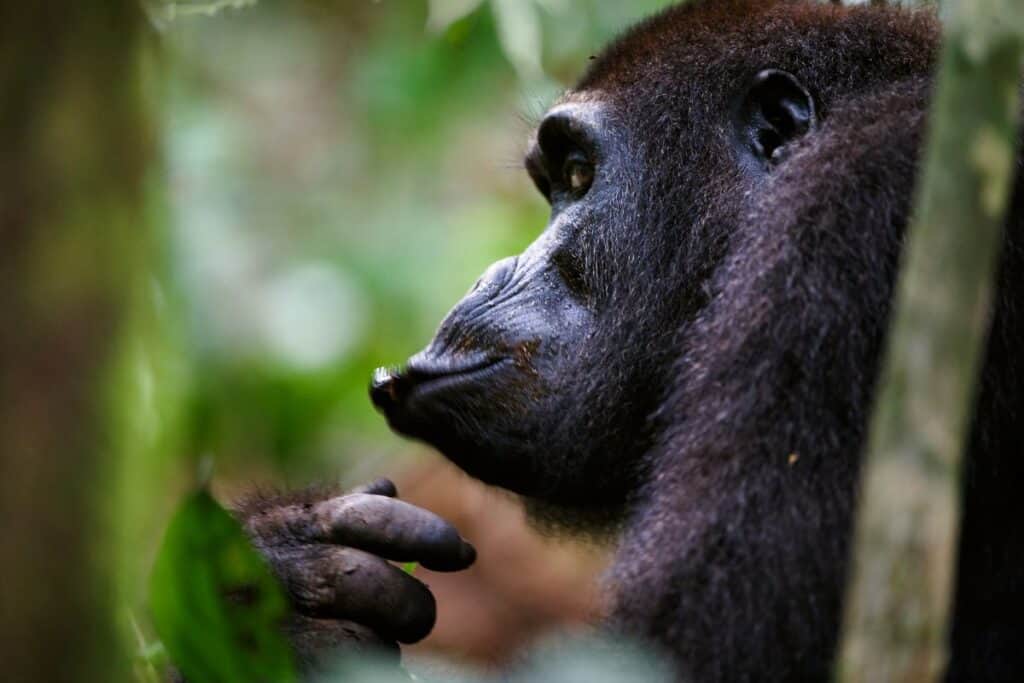
- What to expect from gorilla trekking
- The journey you will take to reach the gorillas
- What will occur once you reach a band of gorillas?
- When is the best time to go gorilla trekking?
- The importance of tourism and gorilla trekking
- Things to note before you consider going gorilla trekking
- Final thoughts on gorilla trekking
What to expect from gorilla trekking
Spending time with gorillas in the wild is an incredible experience that not many people will have the chance to do. However, for those who get to have face-to-face encounters with the great apes found predominantly in the parks of the Congo, Uganda, and Rwanda, they will leave with photos and memories to cherish for a lifetime.
Going on this expedition involves trekking along with a guide through what is usually immensely dense rainforests.
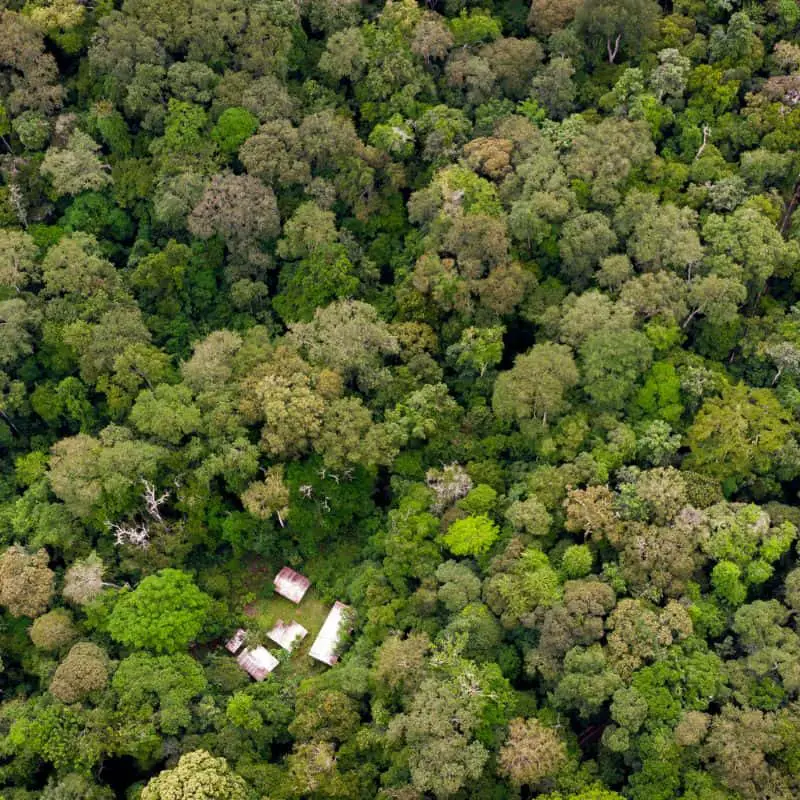
You will be afforded the chance to spend time up close with a specific troop of gorillas, and the best part is that you will not be viewing them from behind a pane of glass or a fence but in their natural habitat.
You will likely see the silverback, who leads the group and is the head male of the band. Along with him are several females who will likely be grooming one another and looking after their young, who often enjoy engaging in play.
These glorious, powerful, and beautiful creatures and the chance to have a close-up encounter with them is a spectacular experience.
What is remarkable to note is that there are fascinating similarities between us humans and them. The chimpanzee is our closest “relative,” with the gorilla being the third. Much of our DNA is shared with them, and their social interactions and level of intelligence are remarkable to observe.
The journey you will take to reach the gorillas
As mentioned, the journey will take you through lush, mountainous rainforests.
This typically means a somewhat challenging hike along narrow pathways and, at specific points, following your guide, who may need to cut away foliage with a machete to give you a way through.
You will not need to be an athlete to endure the trip, but you should be walking fit at the very least.
Thankfully, there will be times to stop and take breaks along the way, as the guides know that the environment is tough to traverse.
Apart from not straining yourself, one thing that you will potentially be surprised to find out is that gorillas are susceptible to human illnesses.
If you are sick on the day with something contagious, you will likely be informed that you cannot go along.
Although an hour or two may seem like a long journey, the guides, researchers, and trekkers know the gorillas’ general whereabouts and typical movement patterns.
Thus, you are highly likely to get a chance to spot the gorillas and get an experience that will be money well spent.
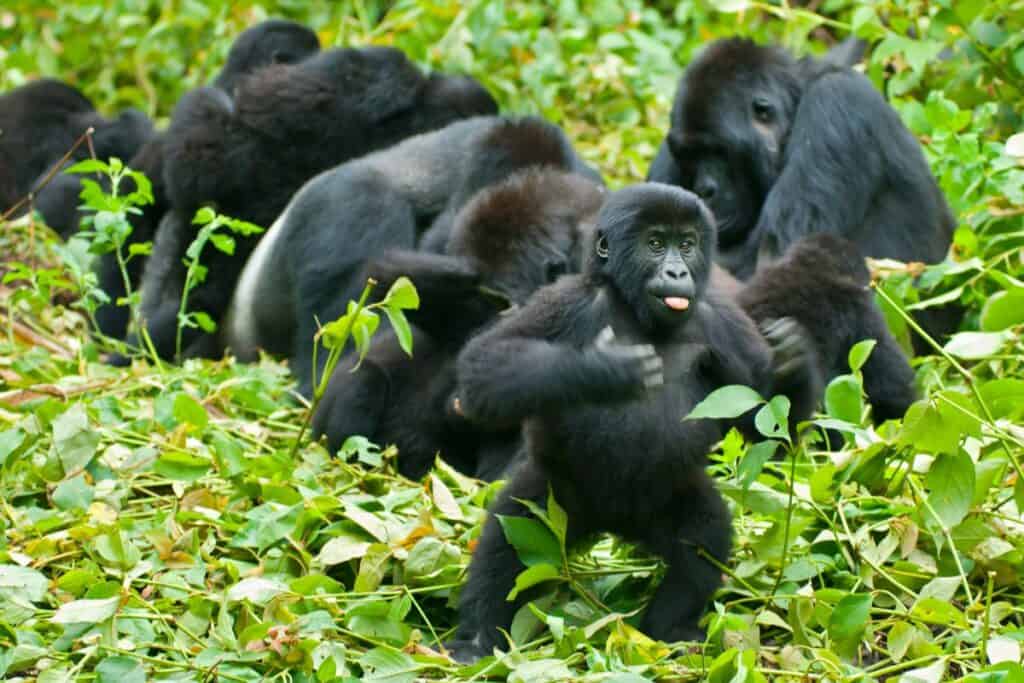
What will occur once you reach a band of gorillas?
When you come upon a band of gorillas, your guide will usually request that you leave the rest of your belongings behind at a certain point and allow you to bring only your camera (however, flash photography is usually prohibited).
You will then make your way to as close to the gorillas as the guide instructs you to, and this is often closer than you might imagine.
There are no barriers between you and the gorillas, but thankfully the gorillas have, over time, become accustomed to human visitors.
Therefore, you will be able to witness them going about their typical day, which includes grooming one another, playing, napping, and foraging for food.
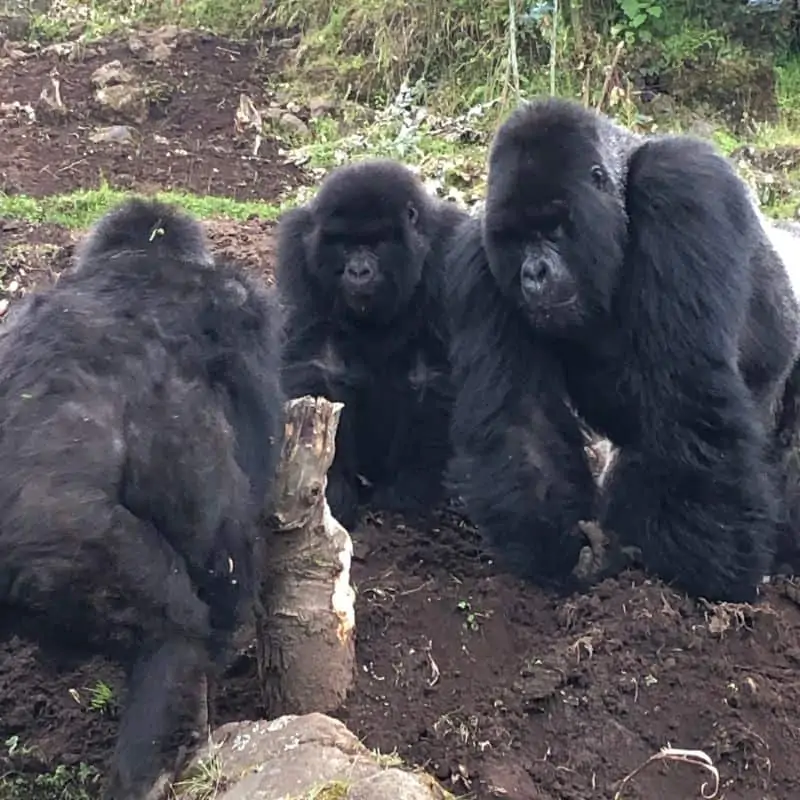
Although they may seem imposing and massive once you are up close, the gorillas are very peaceful and calm creatures who prefer to shy away from conflict as far as possible.
The silverback will keep an eye on you, and as long as the guide is assured that the patriarch is content with your presence, you shan’t need to be nervous or concerned.
Do not be shy to take photographs, but remember that you will only be permitted a maximum time of one hour with them, so be sure to soak in the experience and truly appreciate the moment.
Usually, you will be able to get within roughly 16 ft (5 m) of where the gorillas are, and you will be instructed if you need to back away at any point.
Some key things to remember are that if the silverback does happen to approach you or even charge, remain calm and stand your ground; however, do not try to face off with him.
Instead, lower your stance and adopt a crouched position (as this demonstrates submission).
Additionally, do not stare into the gorillas’ eyes, as this may be misinterpreted as hostility, and keep noise levels down.
When is the best time to go gorilla trekking?
For the Congo, Uganda, and Rwanda, gorilla trekking is held year-round; however, there are times when it is better to make the journey than others.
As the areas are rainforests and can have tremendous amounts of rain at certain times, you should consider going during the “dry seasons.”
These are from December until the end of February and from June until September.
The importance of tourism and gorilla trekking
Due to an ever-increasing number of tourists who are hungry to visit these countries to view gorillas, there has been an enormous push and emphasis on preserving and conserving these animals.
Besides being a wonderful experience for visitors, it also aids in the protection and highlights the importance of looking after these remarkable creatures.
After having been incredibly low for years, Gorilla numbers are slowly recovering, all due to the efforts to protect them as a tourist attraction.
The local governments and the people have found that many people can benefit by investing in conservation and acting to guard the gorillas.
One of the main incentives is the number of jobs created due to the investments into the areas and communities who have become involved as guides, rangers, and researchers.
These eco-tourism projects have proven immensely fruitful, and the drive to create a sanctuary for the gorillas is now cemented.
Things to note before you consider going gorilla trekking
If you want to go gorilla trekking, you must obtain a permit. The guidelines are the same whether you intend to trek in the Democratic Republic of the Congo, Uganda, or Rwanda.
The money made from the permits (which cost between $700 and $1,500) mainly goes directly into the continued protection of the gorillas.
This is done to protect the animals since there are a finite number of permits available, the group sizes are limited, and, as mentioned previously, the groups are only permitted to interact with a gorilla family for one hour on the day of the trekking.
Please be aware that you must be at least 15 years old and that high humidity makes it a physically demanding activity, particularly at higher altitudes.
The countries’ being relatively close to the equator means that daytime temperatures are predominantly humid and tropical.
However, the temperature drops significantly once the sun goes down, particularly in Uganda and Rwanda. Therefore, it is crucial to pack the appropriate clothing and equipment.
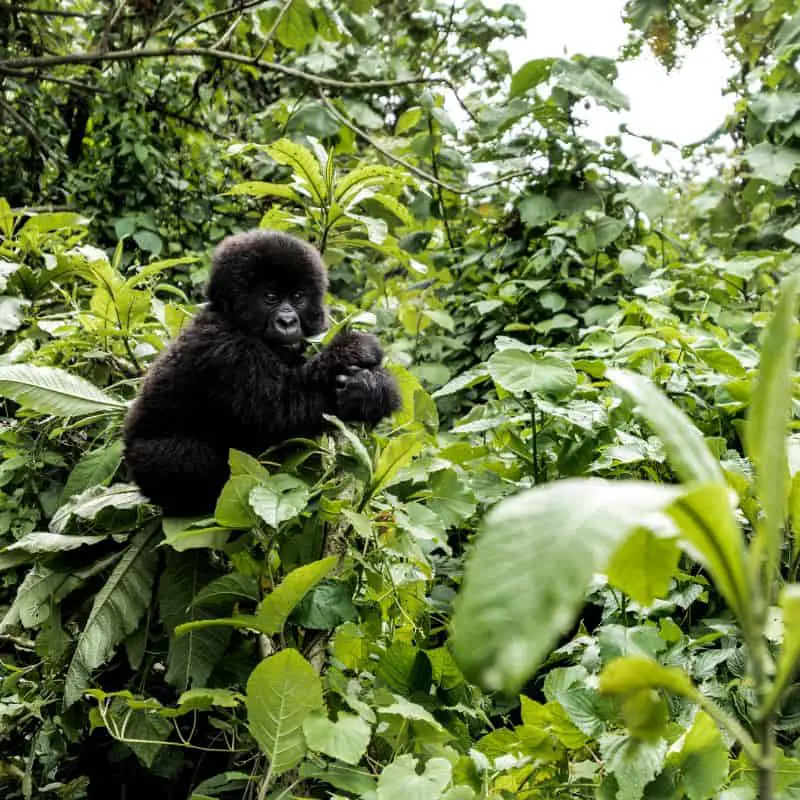
Final thoughts on gorilla trekking
Your trip to any one of the countries offering the chance to witness gorillas in their natural habitats will take careful planning (such as obtaining permits, for example).
The hikes to reach the gorilla troops are usually between 1-2 hours, but the journey is undoubtedly worth it.
Be sure to dress appropriately for the rainforest environment and make the most of your experience.
